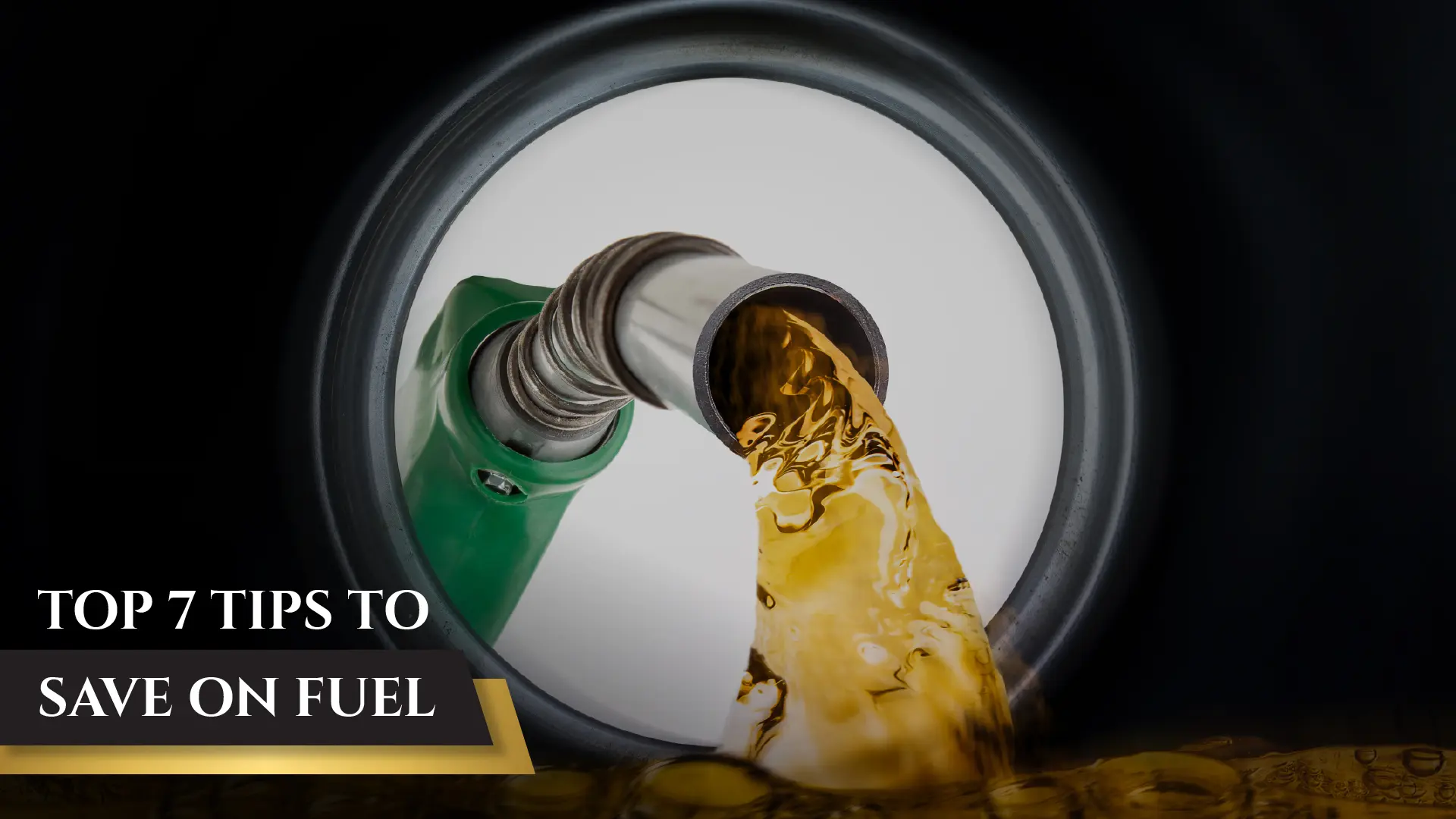
Fuel prices are currently climbing and show no signs of slowing down. With prices fluctuating on an almost daily basis, small changes to your company’s fuel spending can have large impacts on the bottom line. Below are 7 ways to help deal with rising fuel costs.
1. Schedule Drivers Wisely
The way you schedule and assign trips to your drivers can have a big impact on your fleet’s fuel consumption. Although you should already be making smart scheduling choices, rising fuel costs make extra driving more costly than ever. Your team should be scheduling drivers trips in a way that allows for the best use of their time as well as ensuring the shortest possible distance between trips.
2. Have drivers avoid idling
The EPA estimates that 6-15% of fuel consumption is due to idling. According to FuelEconomy.gov, it costs about a penny per minute for a gasoline engine and three cents per minute for a diesel engine when idling. This amount also increases for larger engined vehicles. When you multiply that out across your entire fleet it can start to add up quickly. By having drivers avoid idling unless they are warming or cooling a vehicle for a passenger you can quickly reduce fuel wasted on idling.
3. Pick your fueling locations wisely
Being more mindful of where you buy your fuel can make a big difference. It is easy to over pay for your fuel and not even know it. That is why it is important to have resources and tools that you can use to monitor fuel prices in real-time.
The AAA Gas Price website offers great information on current fuel prices and even shows what the national average is by state. You can view it at https://GasPrices.AAA.com.
Gas Buddy is another useful tool that will allow you to share your location in the app and see what the cheapest option is nearby. Keep in mind that if driving a long distance to fuel up drivers will likely spend more on time and burned fuel than they may be saving at the pump.
4. Fuel Cards
There are various fuel program options available to help fleets manage and control their spending. They can also help ensure that you are getting the best price available at the pump. With rising fuel prices now may be a good time to look at what your current provider offers and if there is a better option available. If you are a smaller operator it may be time to start looking at what programs may be a good fit for you.
5. Keep an eye on tire pressure
Although checking tires should be part of pre-trip on every vehicle, paying attention to and checking tire pressure is an essential part of getting good fuel economy. Properly inflated tires you can improve your vehicle’s fuel mileage by .6% on average, sometimes you can improve your fuel mileage up to 3%. This is one example of how a pre inspection can save you money.
6. Price Accordingly
From grocery stores to online orders passing rising costs onto consumers is a common practice. Similarly you should be pricing your service accordingly. One way to do this is to add a Fuel Surcharge or to raise your prices. If signing new contracts you should also take fuel into account and include fuel costs.
7. Keep up with maintenance
The key to a well running vehicle is proactive maintenance, this helps you ensure you are addressing problems before they happen. However, an often overlooked part of maintenance is ensuring vehicles are running smoothly. This helps ensure they are getting the best fuel economy. Things like having a clean engine air filter and good tire tread depth can have a big impact on a vehicle’s overall fuel efficiency.